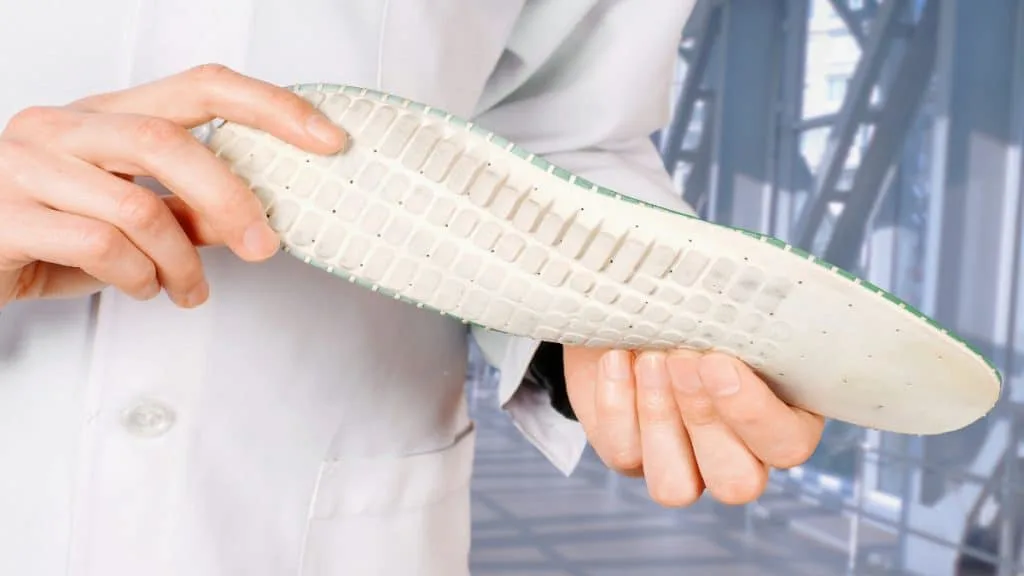If you want to know how to grow 10 cm taller, then I won’t waste your time—because the answer is pretty simple.
In order to get 10 cm taller, you need to go through a growth spurt.
This is literally the only way to grow 10 cm taller naturally.
Related Height Gain Guides:
- How to gain height
- How to increase height by 5 cm
- How to increase height by 3 cm
- How to increase height by 20 cm
- How to get a foot taller
How to grow 10 cm taller
If you’re capable of a growth spurt, then these tips will maximize your chance of increasing your height by 10 cm.
Go through a growth spurt

The only reliable way to grow 10 cm taller is to go through a growth spurt.
Obviously, a growth spurt is most likely to occur during puberty, in the early to mid-teens, in which case a 10 cm height increase is definitely realistic for a lot of people.
While there are examples of people growing 10 cm taller in their late teens and even in early adulthood, most boys have achieved their adult height at around age 17, whereas most girls have stopped growing taller at roughly age 14.
After your growth plates have closed, you won’t be able to grow 10 centimeters taller.
In order to maximize your chance of adding 10 cm to your height during a growth spurt, it’s important to nourish your body with all of the essential vitamins, minerals, and macronutrients that a growing body needs.
Additionally, you want to maximize growth hormone production by exercising daily, often at a high intensity, and then rounding out the day with a good night’s sleep.
Radically improve your posture

Even if you had the worst posture in the world, improving it would be highly unlikely to result in a 10 cm height increase.
Still, most people have pretty poor posture these days, so you probably have some room for improvement.
By stretching and exercising the muscles in your neck and upper back, you might be able to eke out a centimeter or two of extra height, especially if you combine such a protocol with my next tip.
Stand tall and walk with confidence

Have you ever heard of the term perceived height?
It’s a popular phrase in the height community, and it simply means how tall other people think you are.
So, if you’re walking around with a forward neck posture and rounded shoulders, people will probably underestimate your height and perhaps even view you as a less capable person.
On the other hand, if you stand tall and walk with confidence (there’s no need to exaggerate it either), then you’ll naturally make people view you in a more positive light and potentially see you as quite a bit taller than you actually are.
Standing tall and stretching, when practiced and combined, enable you to display your full skeletal height, which you’re almost certainly not taking advantage of if you’re reading this article in a slouched position.
Consider wearing special insoles

Yes, there’s definitely some social stigma around these products. And you know what? I wouldn’t personally wear them.
But some height-increasing insoles, for example, are very discrete, so people won’t be able to tell that you’re wearing them.
It might be uncomfortable to wear insoles that add a full 10 cm to your height, but if you combine a more tolerable insole with a generously-heeled shoe, you might get 10 cm taller or somewhere close to it, especially if you also improve your posture.
Is it possible to grow 11 cm taller?

Yes, it’s definitely possible to grow 11 cm taller if you’re going through a growth spurt. A boy who’s going through a peak growth velocity phase, for example, might be able to grow 11 cm taller in 12 to 18 months if he has the genetics to be quite tall.
Can you grow 15 cm taller?

Yes, you can get 15 cm taller if you’re experiencing a growth spurt during puberty. This amount of growth will likely not happen in a few months or even in a year, but it’s definitely possible within a couple of years or slightly less.
Everyone’s bones grow at different rates and to different final lengths, so you might grow slower or faster than your peers, depending on your genetics, gender, and when you began puberty.
Related: 10 cm height difference
Why would someone want to get 10 cm taller?

Being tall is associated with increased personal and professional success. So some people might think that growing 10 cm taller would lead to a more lucrative career or more respect and admiration from those around them.
Ten centimeters is also a nice round value. So although there’s nothing special about 10 cm per se, it’s an obvious height goal for many people.
Of course, getting 10 cm taller isn’t going to solve all of your problems. Getting taller might give you a boost in confidence, but obsessing over your height can also have the opposite effect—it can make you less confident.
It’s also not a good idea to lead yourself down the wrong path because the reality is that growing 10 cm taller is simply not possible for the vast majority of people seeing as their growth plates have already closed.
Conclusion: How realistic is it to grow 10 cm taller?
If you’re going through puberty, then growing 10 cm taller is fairly realistic. If you’re toward the end of your pubertal development, however, then getting 10 cm taller is definitely less realistic than if you were in your early teens.
As for adults, increasing your height by 10 cm naturally isn’t going to happen. Yes, you can improve your posture and wear different shoes, but even these changes are unlikely to result in a full 10 cm height increase.
References
- Ağırdil Y. (2020). The growth plate: a physiologic overview. EFORT open reviews, 5(8), 498–507. https://doi.org/10.1302/2058-5241.5.190088
- Xu, L., Nicholson, P., Wang, Q., Alén, M., & Cheng, S. (2009). Bone and muscle development during puberty in girls: a seven-year longitudinal study. Journal of bone and mineral research : the official journal of the American Society for Bone and Mineral Research, 24(10), 1693–1698. https://doi.org/10.1359/jbmr.090405

